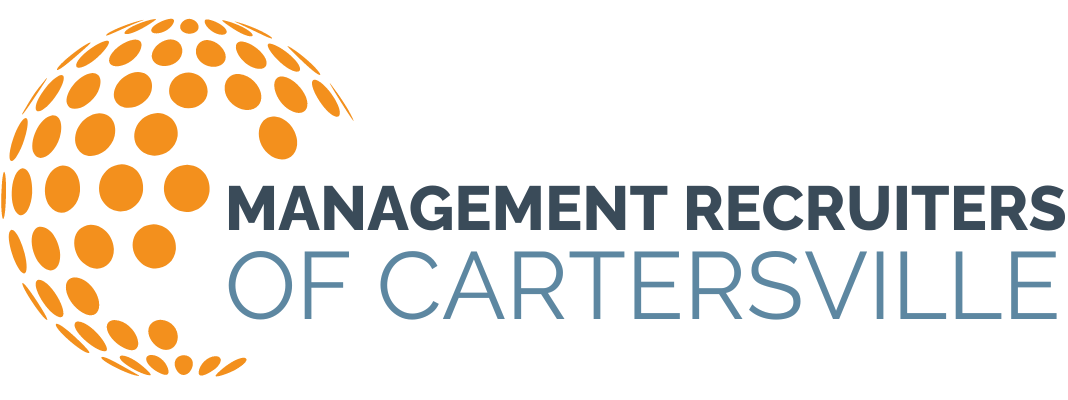To Be a More Effective Leader, Do This 1 Thing Well
You may have years–even decades–of experience, and be brilliant at what you do. If you’re very fortunate, you may be charismatic and the kind of leader that people would follow anywhere.
But if you don’t devote time and effort to one important behavior, you won’t be a successful leader.
What’s the behavior? Being present. In fact, there are two aspects of presence that leaders need to achieve:
- Make it a priority to spend time with team members.
- While you’re there, devote all of your attention to the people you’re with.
Let’s start with the first part. You might think this is a no-brainer; just look at your calendar to see how many meetings you have. Yet even the busiest leader may not be spending enough quality time with people on his or her team.
A case in point: a story in Politico describes problems in the U.S. Commerce Department. The piece quotes sources who say Commerce Secretary Wilbur Ross spends much of his time managing up, focusing on the president. As a result, Ross “isn’t frequently seen in the building talking to employees or rallying them to do good work.”
Here’s another example. The Wall Street Journal reports that Jony Ive, who recently resigned from Apple as design chief, had withdrawn “from routine management of [the company’s] elite design team, leaving it rudderless, increasingly inefficient, and ultimately weakened by a string of departures, people close to the company say.”
For instance, “Mr. Ive promised to hold a design week each month with the software designers to discuss their work. He rarely showed up.”
The first rule for achieving leadership presence is, obviously, to show up.
But being physically in the room is not enough–and here’s where the second part of presence comes in. Rasmus Hougaard and Jacqueline Carter write in the Harvard Business Review that “to truly engage other human beings and create meaningful connections, we need to silence our inner voices and be fully present.” As part of research for their book The Mind of the Leader, Hougaard and Carter surveyed more than 1,000 leaders “who indicated that a more mindful presence is the optimal strategy to engage their people, create better connections, and improve performance.
In fact, the research also suggests there’s a direct correlation between leaders’ mindfulness–their ability to be completely in the moment–and the performance of their people. “In other words,” write Hougaard and Carter, “the more a leader is present with their people, the better they will perform.”
How, then, do you achieve presence? Here are five ways:
- Schedule high-contact sessions. Yes, you’re in a lot of meetings, but many of them are large-group, everyone-report-out, mostly virtual events. You need to intentionally plan more intimate and informal communication encounters–walking around, having 10-minute chats, asking a few people to have coffee, eating lunch in the cafeteria–because these high-impact activities build employee engagement.
- Build the discipline of “be here now.” As Cathy Cassani Adams writes, “Being present means that instead of being focused on what happened yesterday or what could happen tomorrow, you are simply here, now. It’s about getting off autopilot and becoming aware of the automatic actions and reactions you are used to.”
- Ban distractions. Put away your phone and laptop, of course, but also leave behind paperwork that doesn’t relate to your current conversation. And let your assistant and team members know that, unless the building is burning down, they shouldn’t interrupt.
- Make eye contact. In his book, Face to Face, Oscar-winning producer Brian Grazer writes, “In a world where our attention is too often focused downward or elsewere, simply lifting your eyes to meet another’s gaze can be transformative… (When you) hold eye contact, notice how your interactions change. And watch as it makes others feel more respected, heard, seen, and valued.”
- Focus on what you can learn. Yes, you know a lot, but everyone you meet can teach you something. That’s why Grazer approaches conversations with curiosity. “It’s important to show up with the capacity for wonderment and openness, a beginner’s mind, really. The best curiosity conversations are the ones where both people are engaged, contributing and learning from one another. When that happens, there is (almost) nothing like it.”
